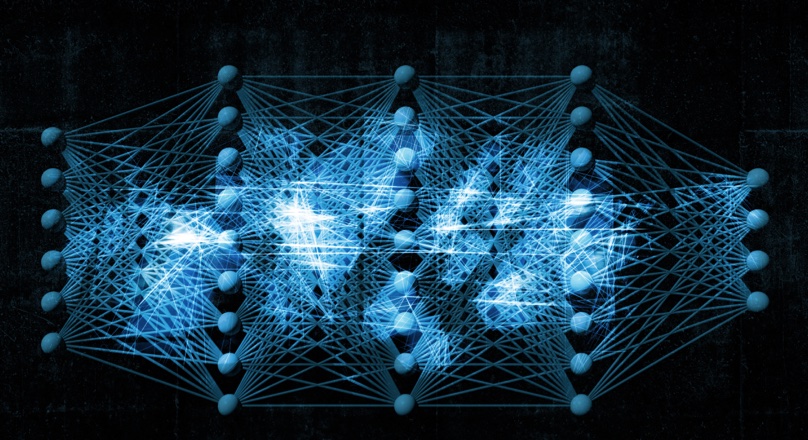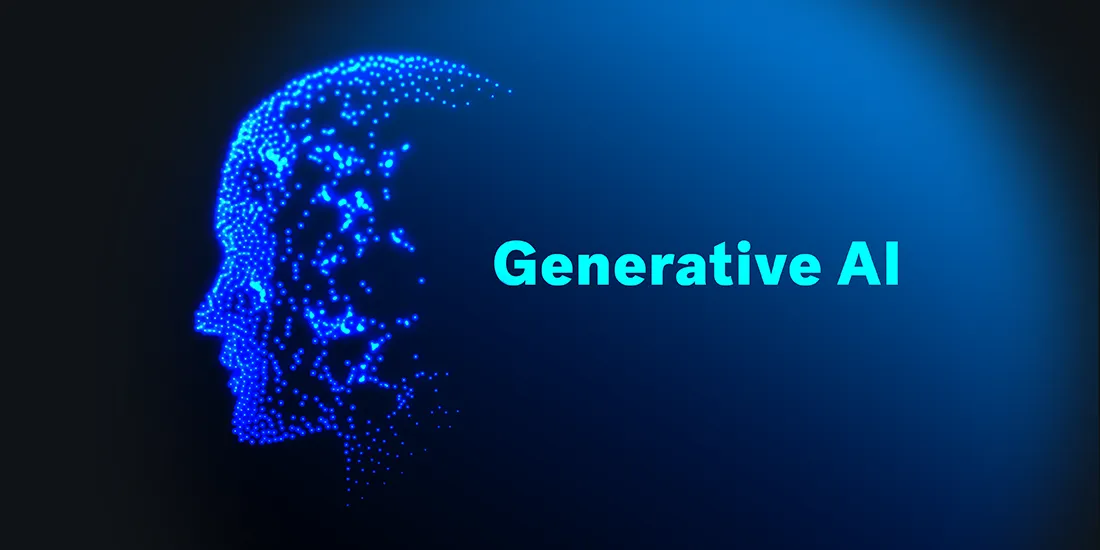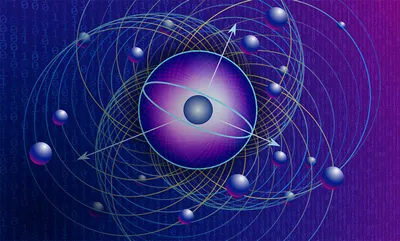In the realm of artificial intelligence, Convolutional Neural Networks (CNNs) stand out as a pivotal technology, particularly in the field of image and signal processing. CNNs have transformed the way machines interpret visual data, enabling advancements in various applications, from facial recognition to autonomous vehicles. This article delves into the core principles of CNNs, their architecture, and their transformative impact on technology.
Understanding CNNs
At their core, Convolutional Neural Networks are a specialized type of neural network designed to process data with a grid-like topology. Unlike traditional neural networks that operate on flattened data, CNNs are adept at handling multi-dimensional data, such as images. The fundamental idea behind CNNs is to automatically and adaptively learn spatial hierarchies of features through backpropagation.
A CNN typically consists of several layers, each serving a specific purpose in the feature extraction process. The primary layers include convolutional layers, activation layers, pooling layers, and fully connected layers. Each layer contributes to the network’s ability to learn and make predictions based on input data.
Convolutional Layers: Feature Extraction
The convolutional layer is the cornerstone of a CNN. It applies a set of filters (or kernels) to the input data to extract various features. These filters slide over the input matrix, performing element-wise multiplications and summing the results to produce a feature map. This process allows the network to identify patterns such as edges, textures, and shapes in images.
The depth and number of filters used in this layer can significantly impact the network’s performance. As the filters are learned during the training process, they become more adept at detecting complex features in the data. For example, early layers might detect simple edges, while deeper layers might capture more intricate patterns and objects.
Activation Functions: Introducing Non-Linearity
After the convolutional layer, the activation function introduces non-linearity into the network. The most commonly used activation function in CNNs is the Rectified Linear Unit (ReLU). ReLU replaces all negative pixel values in the feature map with zero, allowing the network to introduce non-linear properties and capture complex patterns.
Activation functions are crucial for enabling CNNs to learn from and generalize complex data. Without non-linearity, the network would be limited to linear transformations, severely restricting its ability to model complex functions.
Pooling Layers: Dimensionality Reduction
Pooling layers follow the convolutional and activation layers. Their primary role is to reduce the spatial dimensions of the feature maps while retaining essential information. This process is known as dimensionality reduction. The most common pooling method is max pooling, which selects the maximum value from a specific region of the feature map, effectively downsampling the data.
Pooling helps in reducing computational complexity and controlling overfitting by abstracting the feature maps and making them more manageable. It also contributes to the network’s ability to generalize by making it less sensitive to small translations or distortions in the input data.
Fully Connected Layers: Decision Making
The final component of a CNN is the fully connected layer, which is similar to the traditional neural network layer. In this stage, the high-level features extracted by the previous layers are combined to make predictions or classifications. Each neuron in a fully connected layer is connected to every neuron in the preceding layer, allowing the network to synthesize the extracted features into a final decision.
Fully connected layers are responsible for mapping the extracted features to the output space, such as class labels in classification tasks or continuous values in regression tasks. The output from these layers is typically processed through a softmax or sigmoid function to generate probabilities or predictions.
The Impact and Applications of CNNs
CNNs have revolutionized various domains by providing powerful tools for analyzing and interpreting visual and spatial data. In the field of computer vision, CNNs are integral to image classification, object detection, and image segmentation. They enable applications such as facial recognition, medical image analysis, and autonomous driving.
Beyond image processing, CNNs are also employed in natural language processing, where they analyze text data for tasks such as sentiment analysis and language translation. Their ability to learn hierarchical features makes them versatile tools in numerous AI applications.
Conclusion
Convolutional Neural Networks represent a groundbreaking advancement in machine learning and artificial intelligence. By leveraging the principles of convolution, activation, pooling, and full connectivity, CNNs can automatically learn and extract features from complex data. Their impact spans across diverse fields, driving innovation and transforming how machines perceive and interpret the world. As technology continues to evolve, CNNs will undoubtedly play a crucial role in shaping the future of AI.




